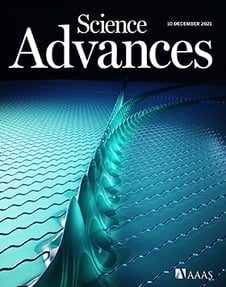
In this article, Marta Serra-Garcia and Uri Gneezy used publicly available data to show that published papers in top psychology, economics, and general interest journals that fail to replicate are cited more than those that replicate. This difference in citation does not change after the publication of the failure to replicate. The authors also discuss the phenomenon that – although experts predict well which papers will be replicated – nonreplicable papers are still accepted for publication. A possible answer provided by the authors is that the review team faces a trade-off: when the results are more “interesting,” they apply lower standards regarding their reproducibility.
0 Comments
Leave A Comment